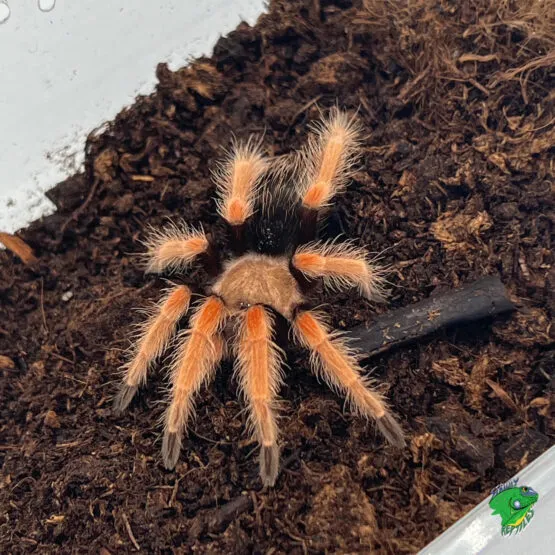Mexican Fireleg Tarantulas Top 5 Buying Tips
The Mexican Fireleg Tarantula, scientifically known as Brachypelma boehmei, is a stunning and popular species in the pet trade. Their vibrant orange and black coloration makes them a favorite among tarantula enthusiasts. However, buying a tarantula is a significant decision that requires careful consideration. This guide provides essential tips to help you navigate the process of buying a Mexican Fireleg Tarantula, ensuring you make an informed decision and provide the best possible care for your new pet. From finding reputable sellers to understanding their specific needs, these top 5 tips will help you on your journey to tarantula ownership. This exotic pet ownership is very rewarding but demands commitment and knowledge.
Research and Preparation
Before you even begin looking for a Mexican Fireleg Tarantula for sale, it’s crucial to conduct thorough research. Learn about their natural habitat, lifespan (typically 10-20 years for females), and specific care requirements. Understand their temperament; Mexican Firelegs are generally considered docile, but all tarantulas possess venom and should be handled with caution. Researching their diet, preferred temperature and humidity levels, and appropriate enclosure size is paramount. This preparation will help you determine if this species is a good fit for your lifestyle and experience level. Furthermore, understanding their needs will allow you to create a suitable habitat before the arrival of your tarantula, reducing stress for the animal and ensuring a smoother transition into your care. Finally, research the costs associated with owning a tarantula, including the initial purchase price, enclosure, substrate, food, and any potential veterinary expenses.
Identify Reputable Sellers
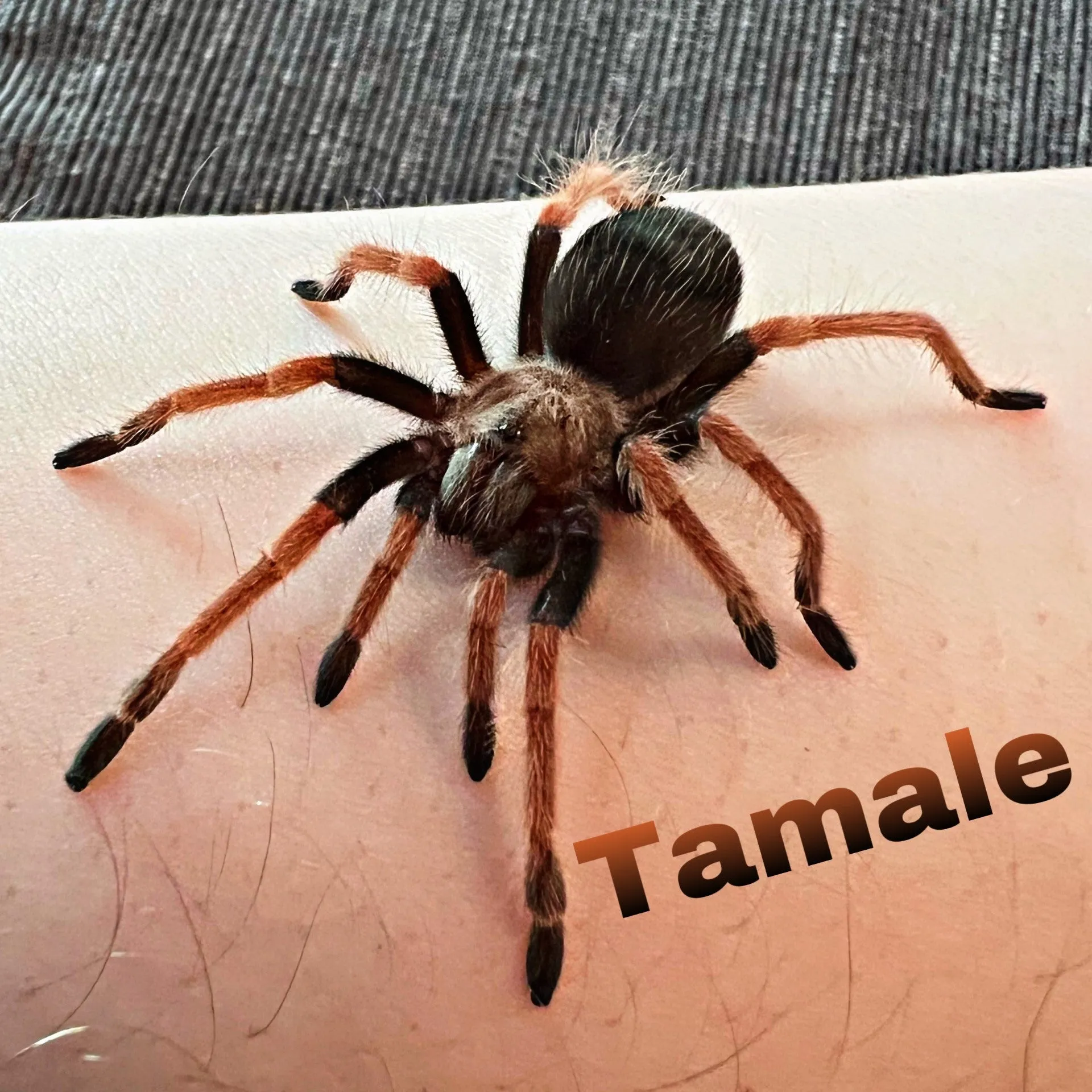
The source from which you purchase your Mexican Fireleg Tarantula significantly impacts the health and well-being of the spider. Opt for reputable breeders or pet stores specializing in exotic animals. Look for sellers with positive reviews, transparent business practices, and a willingness to answer your questions thoroughly. Avoid buying from unverified sources, as these may sell unhealthy spiders or misidentify the species. A reputable seller will be knowledgeable about tarantula care and be able to provide information on the spider’s origin, age, and feeding habits. They should also offer a guarantee of health and provide support after the sale. Inspect the tarantulas’ living conditions at the seller’s location. The enclosures should be clean, appropriately sized, and properly maintained. This is a good indicator of the care the tarantulas receive.
Check Tarantula Health
Before committing to a purchase, carefully assess the tarantula’s health. Look for signs of a healthy spider, such as a plump abdomen (indicating it is well-fed), clear eyes, and active behavior. Avoid spiders that appear lethargic, have a shrunken abdomen, or exhibit any signs of illness, such as unusual movements or discharge. Check for any missing limbs; while tarantulas can regenerate limbs, it can be a sign of a previous injury or poor living conditions. Observe the tarantula’s molting cycle, as this is a natural process for tarantulas. A healthy tarantula will have a smooth, shiny exoskeleton. Ask the seller about the tarantula’s last molt and feeding schedule to assess its health. A healthy tarantula is more likely to thrive in your care and provide you with years of enjoyment.
Understand Legality and Regulations
Before acquiring a Mexican Fireleg Tarantula, familiarize yourself with any local or national regulations regarding exotic pet ownership. Some regions may require permits or have restrictions on owning certain species. Ensure you comply with all legal requirements to avoid potential penalties. Some areas have specific guidelines on the size and type of enclosure required, as well as the necessary safety measures for housing potentially venomous animals. Researching these regulations beforehand will prevent any legal issues and ensure you are prepared to provide appropriate housing for your tarantula. Also, be aware of any conservation statuses related to the Mexican Fireleg Tarantula; although readily available in the pet trade, understanding the species’ conservation status will help you make informed choices about its origin and the breeder’s practices.
Prepare the Habitat
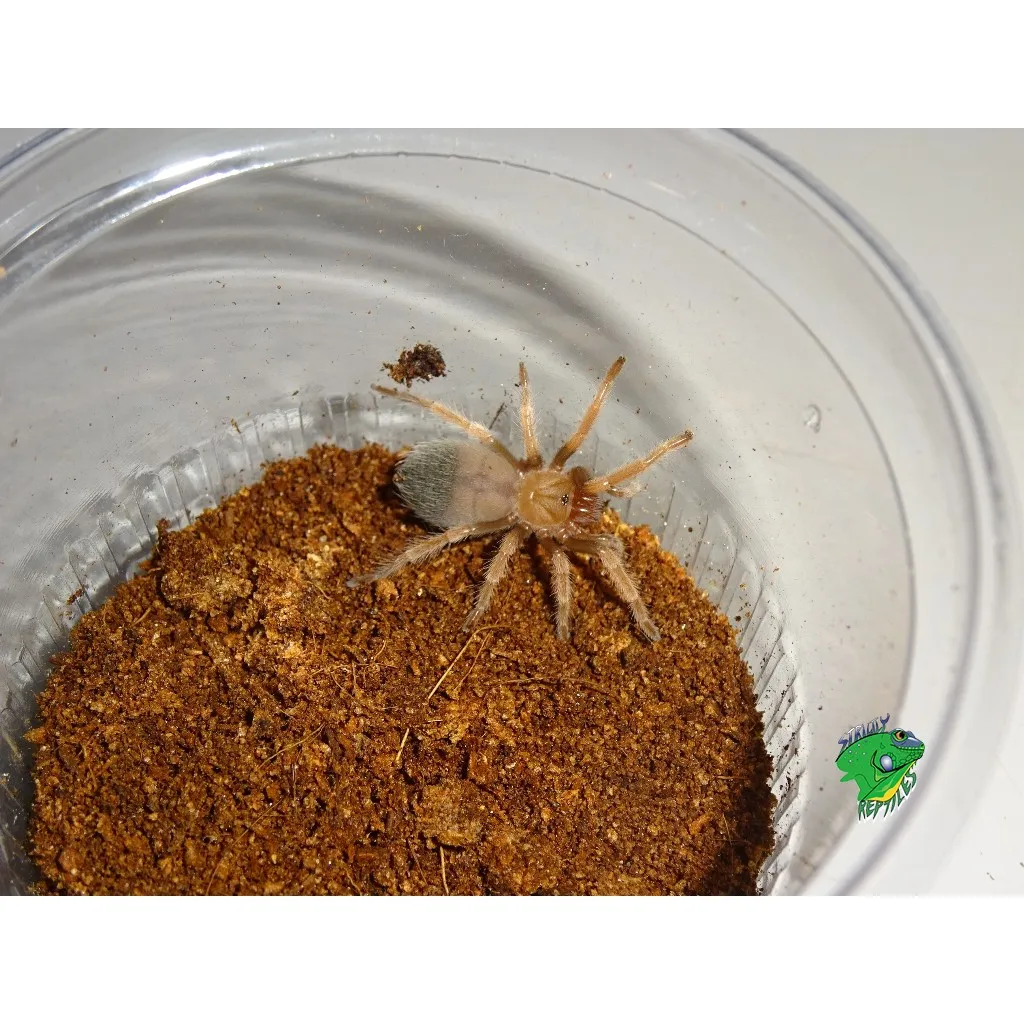
Before bringing your Mexican Fireleg Tarantula home, set up its enclosure. A suitable enclosure should be appropriately sized (10-20 gallon tank for adults), escape-proof, and well-ventilated. Provide a substrate, such as coconut fiber or a mixture of peat moss and vermiculite, to maintain humidity and allow the tarantula to burrow. Include a hide, such as a piece of cork bark, for the tarantula to retreat to and feel secure. Ensure the enclosure has a water dish with fresh water. The temperature and humidity levels must be maintained within the appropriate range for this species (75-85°F and 65-75% humidity). Avoid using heat lamps, as they can dry out the enclosure; instead, use a heat mat placed on the side of the enclosure. Having a prepared and comfortable habitat will minimize stress on your new tarantula and help it acclimate quickly.
Mexican Fireleg Tarantulas Essential Care Tips
Temperature and Humidity
Maintaining the correct temperature and humidity levels is crucial for the health and well-being of your Mexican Fireleg Tarantula. The ideal temperature range is between 75-85°F (24-29°C). Use a reliable thermometer to monitor the temperature within the enclosure. Humidity levels should be kept between 65-75%. This can be achieved by misting the enclosure with dechlorinated water and using a hygrometer to monitor the humidity. Avoid placing the enclosure in direct sunlight or near heat sources, as this can cause the temperature to fluctuate drastically. Proper temperature and humidity will ensure your tarantula can molt properly and prevent health issues such as dehydration or mold growth. Regularly check and adjust the environmental conditions as needed, especially during seasonal changes, to keep your tarantula healthy and thriving.
Feeding your Mexican Fireleg Tarantula
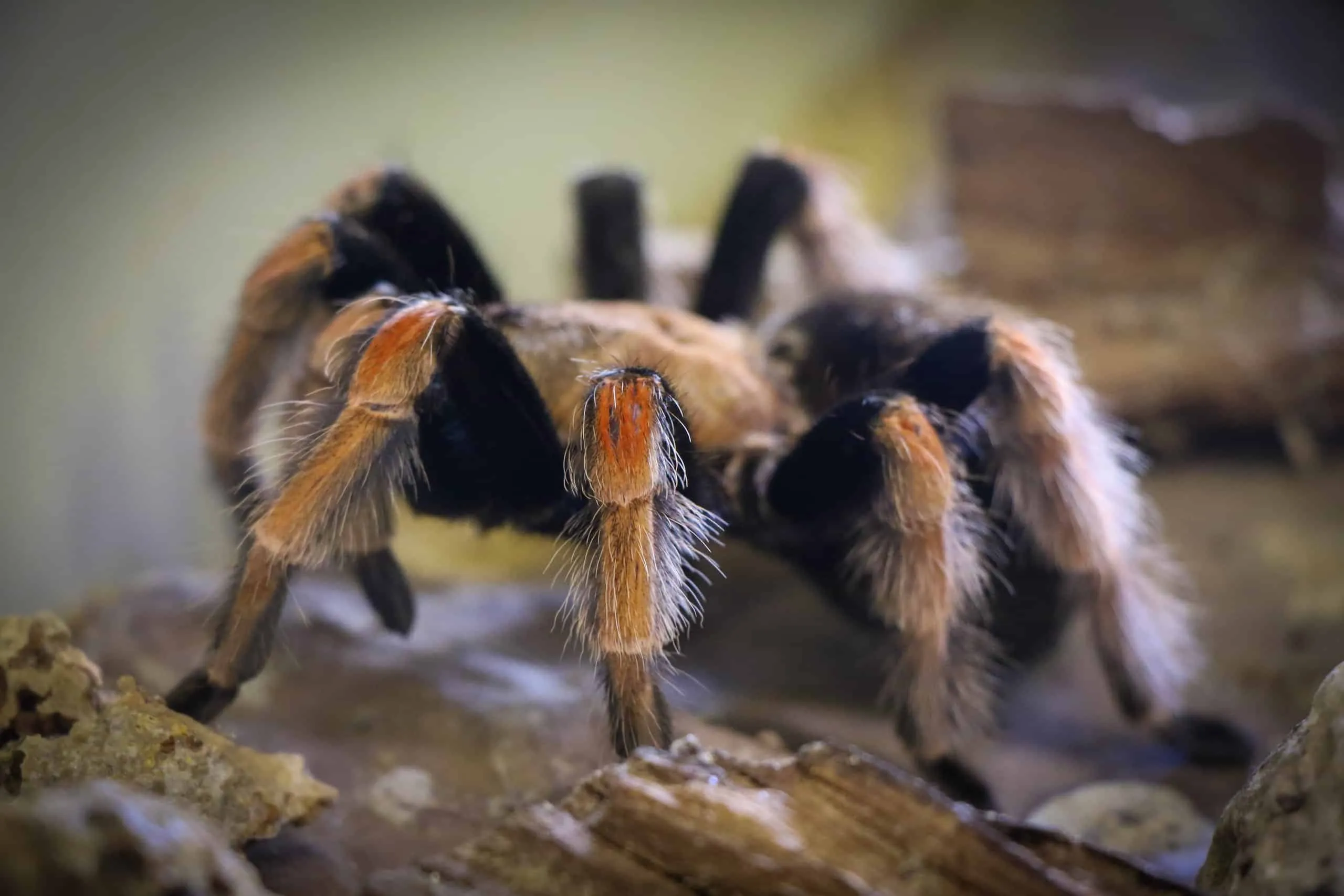
Feeding your Mexican Fireleg Tarantula is relatively simple. Offer appropriately sized insects, such as crickets, roaches, or mealworms, depending on the tarantula’s size. As a general rule, feed juveniles 1-2 times per week and adults every 1-2 weeks. Remove any uneaten food within 24 hours to prevent mold growth and maintain a clean enclosure. Ensure the insects you feed are gut-loaded (fed nutritious food before being offered to the tarantula) to provide the tarantula with optimal nutrition. Always provide a shallow dish of fresh water for your tarantula. Overfeeding can be detrimental, so monitor your tarantula’s abdomen; a plump abdomen indicates a well-fed spider. During the molting process, the tarantula may refuse food; do not be alarmed, and do not force-feed.
Substrate and Enclosure
The enclosure should be appropriately sized for the tarantula’s size and growth stage. Juvenile Mexican Firelegs can be housed in smaller enclosures, such as deli cups or small tanks. As they grow, they will need to be transferred to larger enclosures. A 10-20 gallon tank is usually suitable for an adult. The substrate should be several inches deep to allow the tarantula to burrow, if it chooses. The substrate should also retain moisture and facilitate proper humidity levels. A good substrate mixture consists of coconut fiber, peat moss, and vermiculite. Regularly clean the enclosure to remove waste and any uneaten food. A clean environment will help prevent mites, mold, and other potential health hazards. Proper enclosure maintenance is critical to the health and happiness of your pet tarantula.
Handling Considerations
While Mexican Fireleg Tarantulas are generally docile, handling them is not recommended unless absolutely necessary. Tarantulas can be easily injured if dropped, and their venom, while not typically life-threatening to humans, can cause a painful bite. If you must handle your tarantula (e.g., for enclosure cleaning or relocation), do so with extreme caution and in a safe, enclosed area, such as a large container. Avoid sudden movements or loud noises, as these can startle the tarantula and cause it to flick urticating hairs or bite. Before and after handling, wash your hands thoroughly. Be aware of the tarantula’s behavior and body language. If the tarantula is defensive (raising its front legs or displaying its fangs), it is best to leave it alone. Remember that observing your tarantula is often more rewarding than handling it.
Health and Common Issues
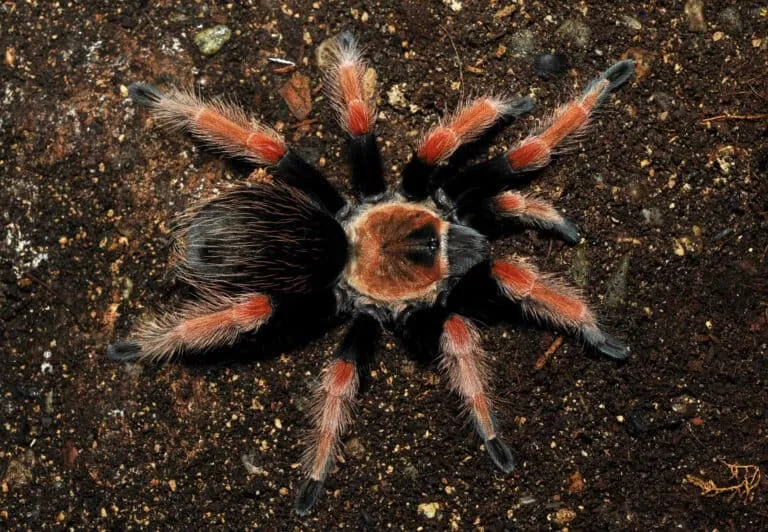
Like all pets, Mexican Fireleg Tarantulas can encounter health issues. Be vigilant in monitoring your tarantula for signs of illness, such as loss of appetite, lethargy, or unusual behavior. Common health concerns include parasitic mites, fungal infections, and injuries sustained during molting. If you notice any health problems, consult an experienced tarantula keeper or a veterinarian familiar with exotic animals. Ensure the enclosure is clean and provide a proper environment. Regular check-ups and preventative care can prevent most health issues. Learning to recognize the signs of common tarantula ailments will enable you to take quick action to ensure your pet’s well-being and long life. With appropriate care and attention, your Mexican Fireleg Tarantula will thrive.
In conclusion, buying a Mexican Fireleg Tarantula is an exciting venture, but it’s one that demands research, preparation, and a commitment to providing excellent care. By following these tips—researching before you buy, finding a reputable seller, checking the tarantula’s health, understanding legal requirements, and setting up the proper habitat—you can ensure that your new pet thrives. Remember that a healthy and happy tarantula is a rewarding pet to own. Enjoy the fascinating world of tarantula keeping!
